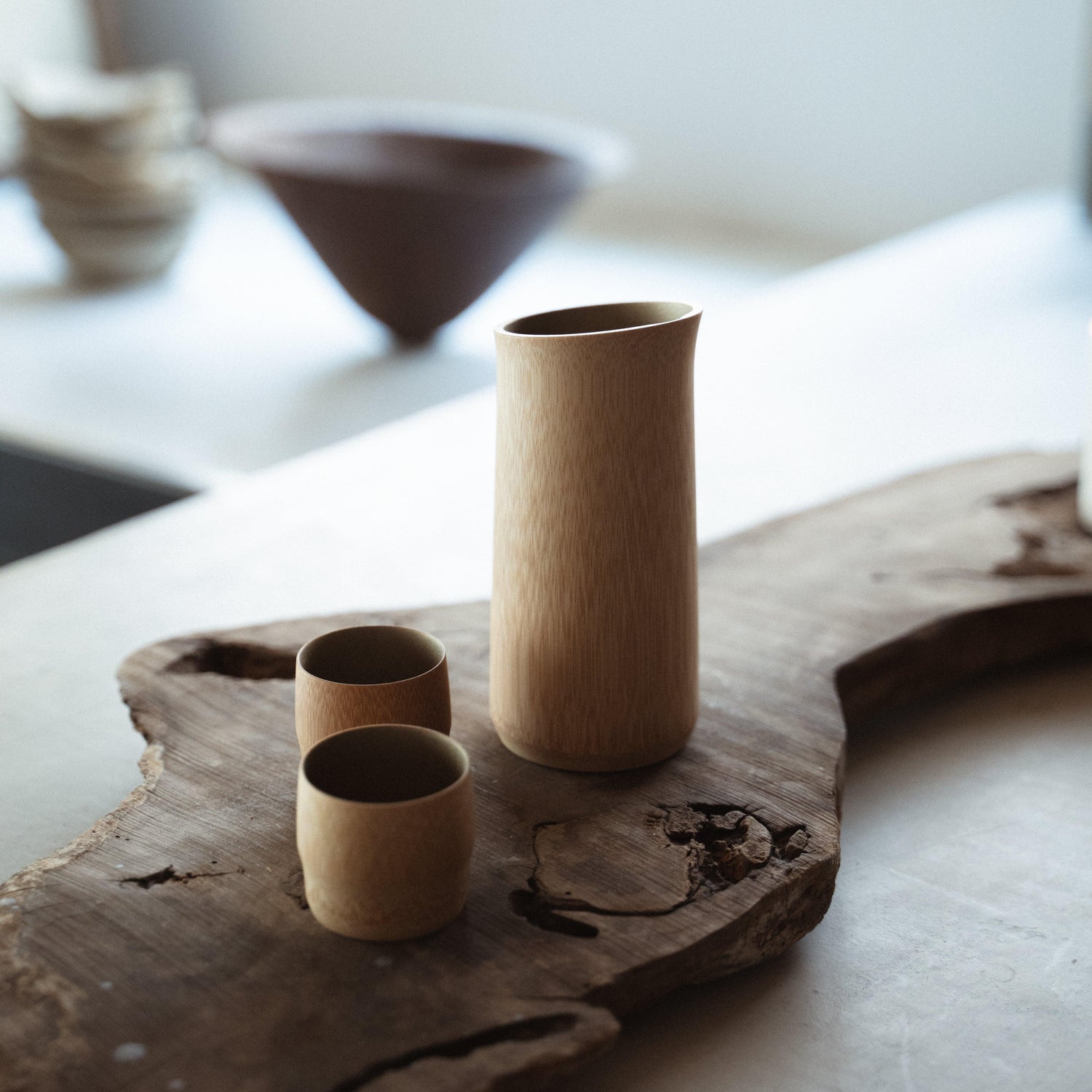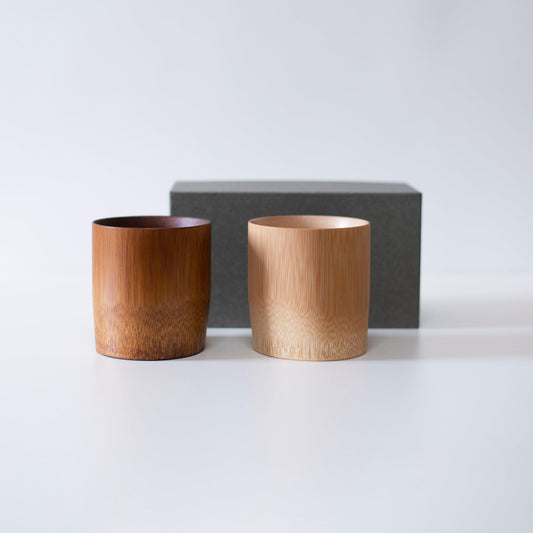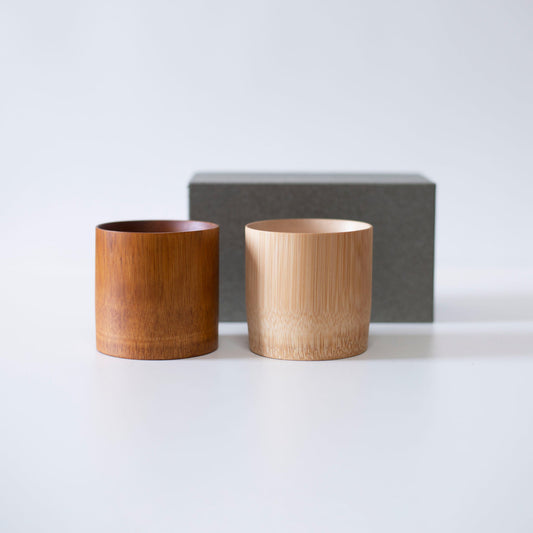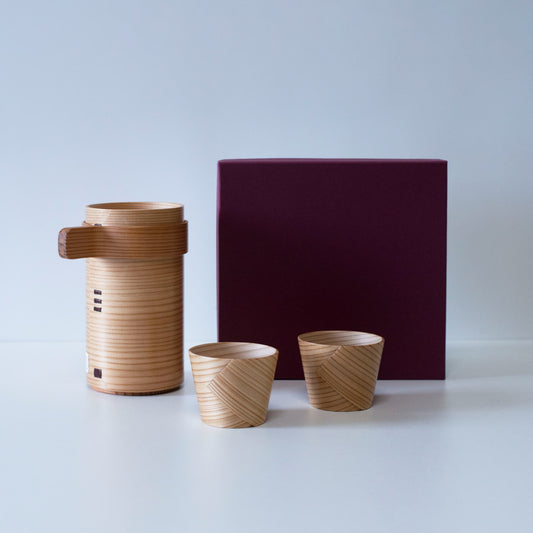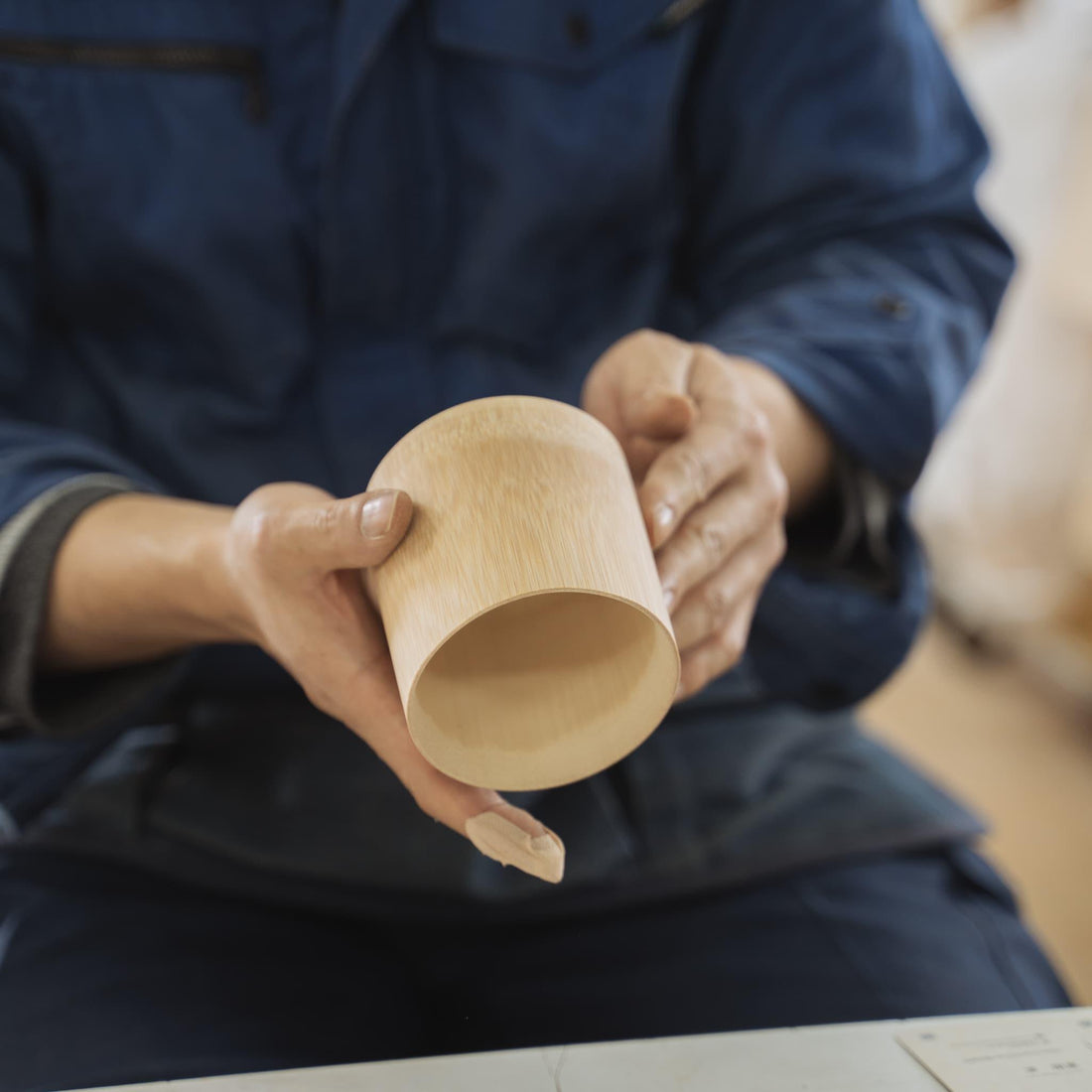
The Story of Hiroyuki Nozaki, a Bamboo Craft Artisan in Kyoto
Share
The world of bamboo craftsmanship rooted in Kyoto is a place where deep history and rich culture thrive. One individual who conveys this beautiful tradition to the present is Mr. Nozaki, a bamboo craft artisan who plays an active role in Takano Bamboo Craft Inc., a group of 20 craftsmen based in Nagaokakyo, Kyoto. He has been refining his bamboo craft skills for 19 years, a job that carries a deeper meaning beyond merely creating objects.
Table of contents
Mr. Nozaki's Background and the Work of a Bamboo Craft Artisan

For Mr. Nozaki, who moved from Hokkaido, the northernmost part of Japan, to Kyoto, bamboo was a new discovery, as it does not grow in cold climates, and bamboo craft was the path that captivated him. He learned bamboo crafts at a traditional arts school hidden in the mountains of Kyoto and then honed his unique techniques. In particular, he challenged himself to work with lathes using Western machinery, integrating his own processing methods with traditional bamboo craft techniques to create new bamboo craft products.
The Evolution of Bamboo Crafts and Bamboo Craft Products
Mr. Nozaki's creations have evolved over time. In Japan, the use of bamboo ranged from building materials to traditional tea ceremony utensils, used in a manner similar to today's plastics. However, the products made by Mr. Nozaki have shifted to more everyday items such as bamboo cups and plates. This reflects the attitude of Takano Bamboo Craft to meet changing societal needs and to challenge new forms of craftsmanship, as well as the artisans' stance.
Bamboo Products Made by Mr. Nozaki
As the production chief at Takano Bamboo Craft, Mr. Nozaki processes various bamboo craft products, including bamboo cups and bamboo sake sets. Bamboo harvested, dried, and stored for 2-5 years by the loggers to remove moisture, transforms from its lush green state in the bamboo groves to beautiful white bamboo. Mr. Nozaki receives this bamboo and cuts it to the appropriate size for bamboo cups, then uses a lathe to process it into vessels with a comfortable drinking edge, applying high skill and concentration. Finally, the bamboo cups are polished with sandpaper, transforming into products that highlight the beautiful fibers of bamboo. Mr. Nozaki's bamboo cups are then carefully lacquered and colored by a lacquer artisan to complete the product.
The production process of bamboo craft products is complex and time-consuming, but the products born from this lengthy process possess sustainable beauty and functionality. Mr. Nozaki discerns the individuality of each bamboo piece, reevaluating the beauty, diversity, and potential of bamboo in accordance with the times, and creating new value through bamboo as a sustainable natural material. His work plays a crucial role in shaping the future of traditional crafts deeply connected to Japan's aesthetic sense. The journey of Mr. Nozaki and bamboo craftsmanship will continue to weave new stories starting from Kyoto.





